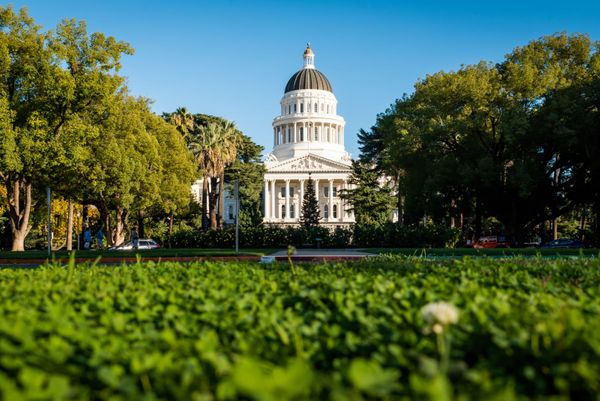If you overlooked the new FAFSA application changes pushed through by the Trump Administration, you weren't the only one.
Since the spotlight at the time was on the COVID-19 relief measures that brought stimulus checks to millions of Americans, many people were left unaware of the new FAFSA application changes—including the college students who it affects.
What is the FAFSA?
The FAFSA, or the Free Application for Student Aid, is a government form that allows financially needy students to apply for government aid to receive higher education. The U.S. Department of Education provides Federal Student Aid to more than 13 million American students every year.
What are the new changes to FAFSA?
Most of the new changes to FAFSA will become available on October 1, 2022—so these changes mostly concern students who will attend university during or after the 2023-2024 school year.
Here's an overview of the major changes to the new FAFSA application:
1. The FAFSA will have fewer questions.
The number of questions currently on the FAFSA form is 108. The new FAFSA will have a maximum of 36 questions. Higher education advocates supported this change, as it created fewer barriers to low-income families.
2. Drug offenses are no longer considered.
Among the removed questions is one that asks students about drug-related convictions. This means that drug offenses will no longer prevent students from receiving financial aid, making it even more accessible to underprivileged students.
3. "Student Aid Index" is the new "Expected Family Contribution."
By renaming the EFC, families don't have a preconceived idea of what they'll need to pay for college—which usually ends up being more money than the EFC, anyway. Now, universities will see a number that assesses students' need for aid rather than the aid they may receive from their families.
The Student Aid Index also has the potential to be a negative number, indicating that the student may need aid that is greater than the school's cost of attendance. This additional aid would cover expenses such as housing, food costs, books, and other materials.
4. Unemployment from a national emergency was considered.
The ongoing Covid-19 pandemic was not overlooked in the revisions to the FAFSA. Now, financial aid administrators can take extended unemployment—from the pandemic or another national emergency—into consideration when making judgments.
If a student receives unemployment benefits, their income will be adjusted to zero, allowing them to qualify for additional aid, such as a Pell Grant.
5. More students are eligible to receive a Pell Grant.
Since Pell Grants do not need to be repaid, low-income students will be happy to know that legislators expanded eligibility. Legislators anticipate the number of Pell-eligible students to increase by 500,000.
The following groups of students, who were ineligible for financial aid, can now receive Pell Grants for the 2023-2024 school year:
- students with drug-related convictions
- incarcerated students involved in prison education programs
- students who could not complete their studies due to school closure (these students are also eligible for student loan cancellation)
Eligibility for the Pell Grant, much like the overall FAFSA application, was simplified. Now, students will know sooner if they qualify and for how much. Legislators also increased the maximum grant amount by $150.
6. The limit on lifetime federal direct subsidized student loans was lifted.
Before the changes to the new FAFSA, there was a limit on the amount of subsidized loans a student could receive. That limit is now gone.
Subsidized loans are more favorable to unsubsidized loans to students because these types of loans don't accrue interest during specific periods, such as when the student is in school, the grace period, or deferment.







